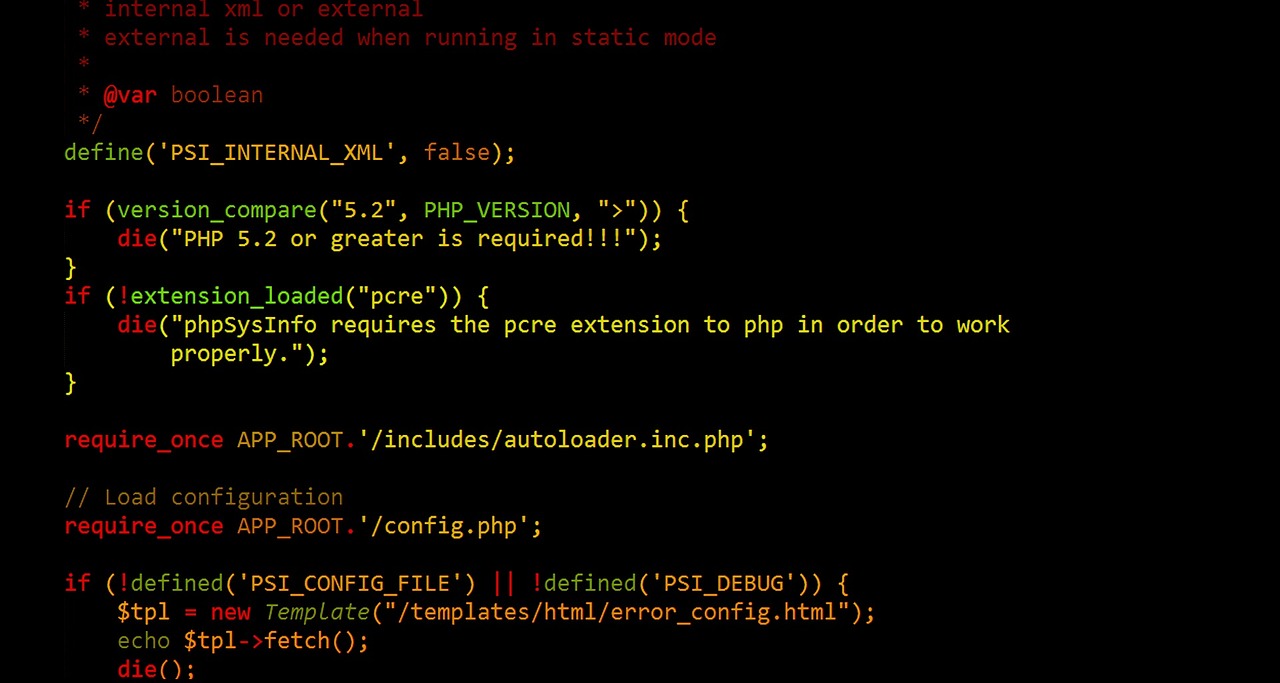In the energetic scene of Python, lists are only the start. This article leaves on an excursion past lists, digging into the domains of Python dictionaries and sets. While lists succeed in arranged information, dictionaries and sets offer exceptional capacities that might be of some value, empowering productive information stockpiling and recovery. We should explore through the grammar, functionalities, and best practices related with dictionaries and sets, opening the capability of these flexible information structures in Python programming.
Jumping into Dictionaries
Leave on an excursion into the domain of dictionaries, where the enchanted lies in key-esteem matches. Dictionaries in Python reclassify how information is put away, permitting dynamic and effective recovery. Every component is related with an extraordinary key, giving a speedy and direct way to get to the comparing esteem. This part disentangles the straightforwardness and force of dictionaries, exhibiting their urgent job in dealing with different information structures. Whether making a contact book or overseeing designs, dictionaries stand as flexible instruments for Python engineers.
Word reference Activities
Past capacity, dictionaries offer a scene of tasks for consistent route. This segment guides software engineers through the complexities of getting to explicit qualities, powerfully controlling keys, and investigating the lavishness of word reference functionalities. By understanding these tasks, designers gain the capacity to proficiently oversee and control information.
Sets Revealed
Sets, an unlikely treasure in Python, unfurl a reality where uniqueness wins. Embracing sets implies embracing the end of copies and easy participation tests. In this part, the effortlessness and effectiveness of sets become the overwhelming focus. Via consequently guaranteeing every component is one of a kind, sets improve on errands that include particular components, settling on them a go-to decision for Python engineers. Plunge into the universe of sets, where the shortfall of copies changes information control into a direct and instinctive interaction.

Set Tasks
Set tasks offer a range of devices for looking at and consolidating datasets. This segment investigates the style of convergence, association, and contrast tasks in Python sets. Whether recognizing normal components, combining extraordinary ones, or disengaging contrasts, sets give compact arrangements. By digging into these activities, engineers open the possibility to smooth out information control assignments, exhibiting how sets sparkle in situations where examinations and blends are critical.
Lists, Dictionaries, and Sets Congruity
The genuine enchantment of Python unfurls when lists, dictionaries, and sets fit. This segment enlightens the collaboration accomplished by consolidating these information structures. Lists offer arranged groupings, dictionaries bring dynamic key-esteem coordinates, and sets guarantee uniqueness. Together, they structure a triplet that handles different information control undertakings with artfulness. Engineers observer the force of cooperation as these designs complete one another, giving a comprehensive way to deal with Python programming. By organizing the exchange of lists, dictionaries, and sets, developers raise their capacities, transforming a straightforward content into an ensemble of proficient and flexible code.
Effectiveness in Word reference Use
Effectiveness is the foundation of capable Python programming, and enhancing word reference utilization assumes an essential part. This segment dives into best practices for smoothing out word reference queries, limiting the time spent looking for values. By understanding how dictionaries coordinate information inside and decisively utilizing keys, designers can accomplish ideal execution. Whether working with enormous datasets or regular queries, embracing these effectiveness rehearses guarantees that dictionaries stay a quick and dependable device in the Python programming weapons store.
Augmenting Set Proficiency
The inborn straightforwardness of sets reaches out to their productivity in dealing with one of a kind components. This segment investigates procedures for augmenting set productivity, displaying how utilizing the uniqueness of components works on complex assignments. From fast enrollment tests to dispensing with copies easily, sets end up being an important resource. Engineers gain bits of knowledge into outfitting this effortlessness to streamline execution, making sets an amazing asset for situations where effectiveness and clearness are vital.
True Applications
Hypothesis meets reality as dictionaries and sets step into the spotlight with genuine applications. This part digs into commonsense use cases, exhibiting how these information structures succeed in taking care of perplexing issues proficiently. From overseeing information designs to quickly distinguishing novel components in datasets, engineers observer the unmistakable effect of dictionaries and sets in assorted situations. Understanding these down to earth applications enables designers to pursue informed choices while picking information structures, guaranteeing that the picked apparatus adjusts consistently with the requests of certifiable programming difficulties.
Entanglements and Best Works on
Indeed, even flexible apparatuses like dictionaries and sets are not safe to traps. This segment explores through normal moves and offers best practices to avoid expected issues. From taking care of startling information designs to guaranteeing proficient memory utilization, engineers gain bits of knowledge into moderating traps related with word reference and set use. By understanding these difficulties and embracing best practices. Python developers can without hesitation use dictionaries and sets, guaranteeing their code stays powerful, proficient.
Conclusion
Wandering past lists discloses a rich embroidery of conceivable outcomes with Python dictionaries and sets. While lists act as dependable arrangements, dictionaries succeed in powerful key-esteem capacity, and sets carry effortlessness with exceptional components. As Python developers embrace the subtleties of these information structures, they open proficient answers for different programming difficulties. The blend of lists, dictionaries, and sets organizes an ensemble of flexibility, offering a complete toolbox for Python designers. By digging into certifiable applications, improving utilization, and exploring expected entanglements, developers lift their capability, tackling the genuine capability of Python’s adaptable information structures.